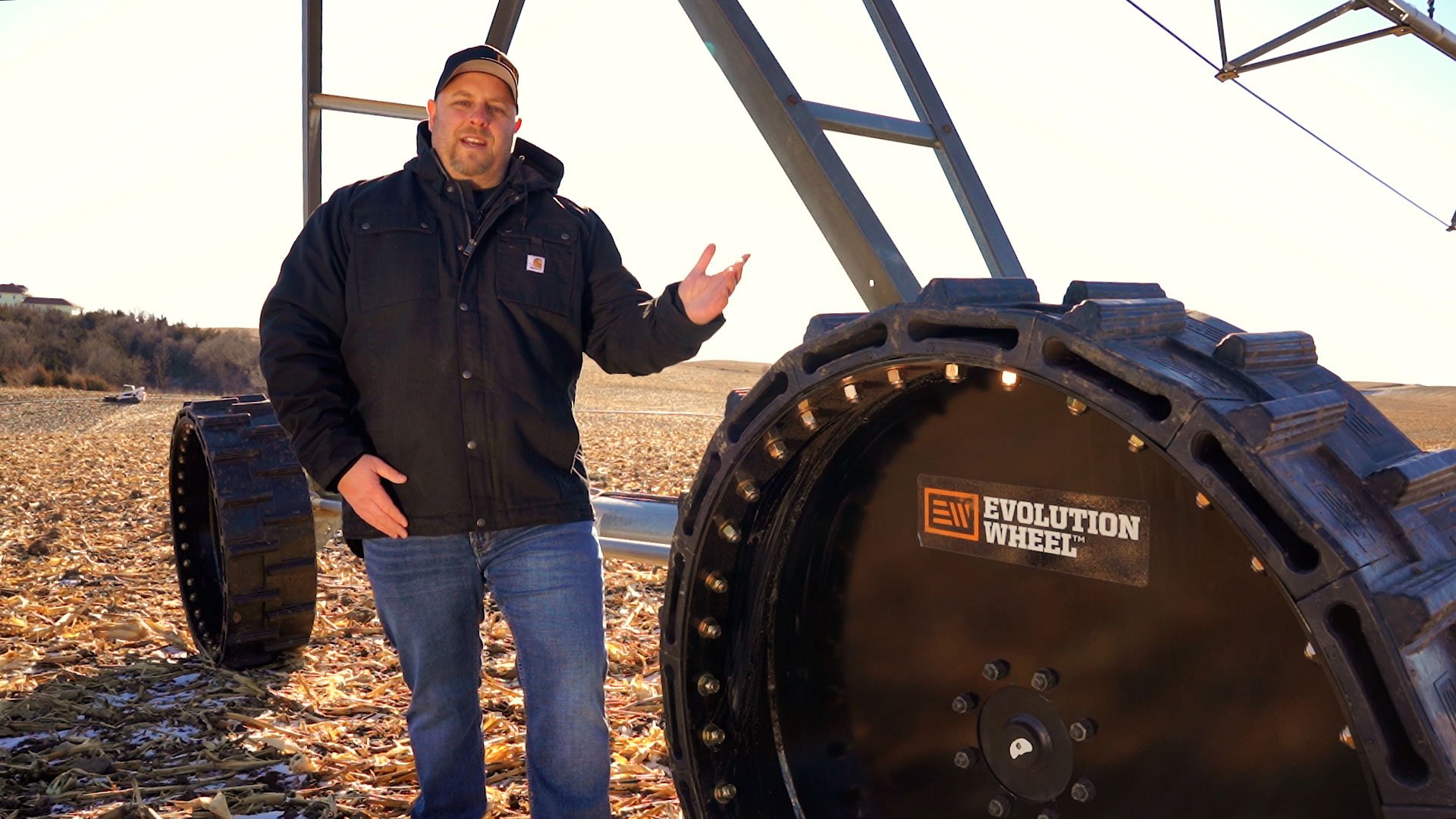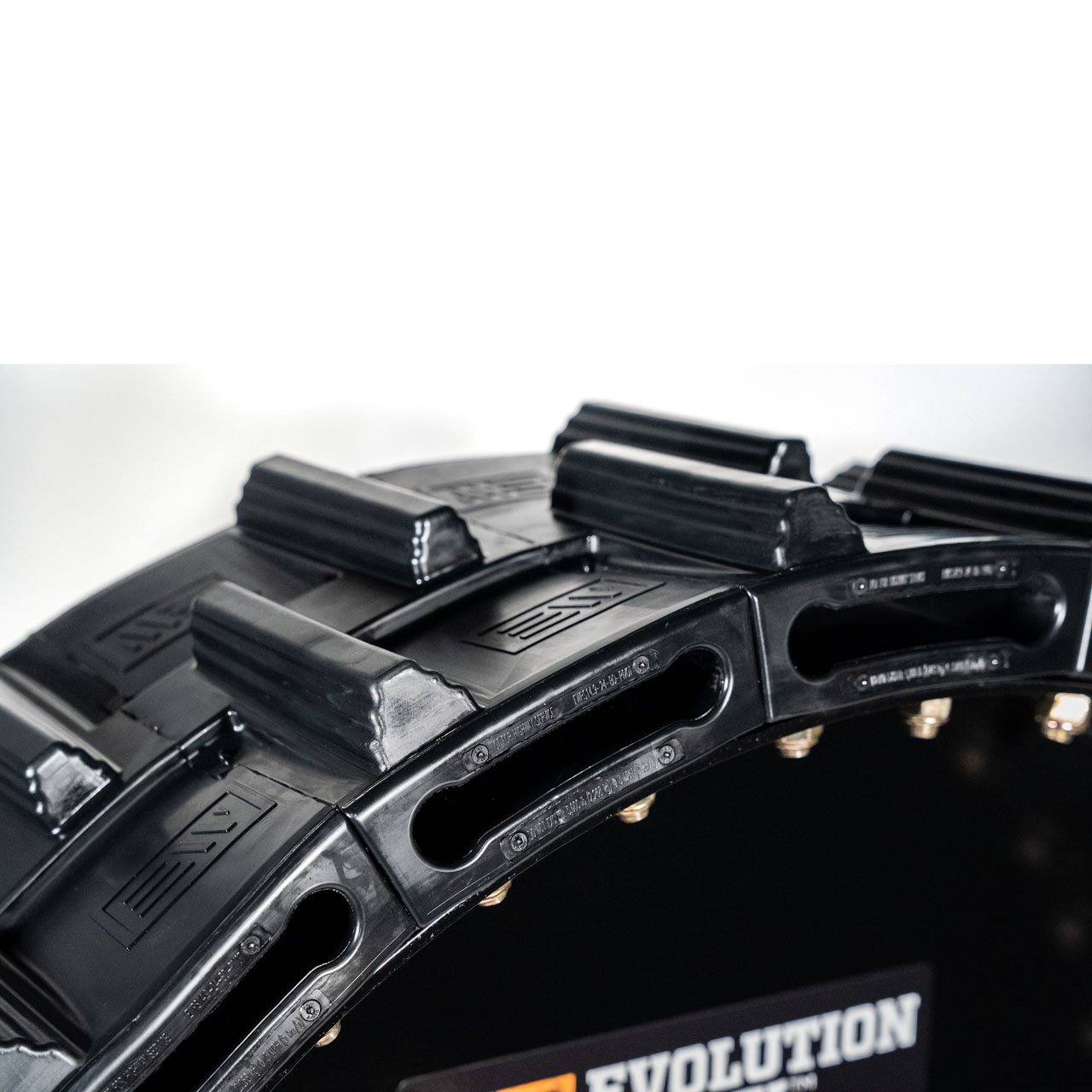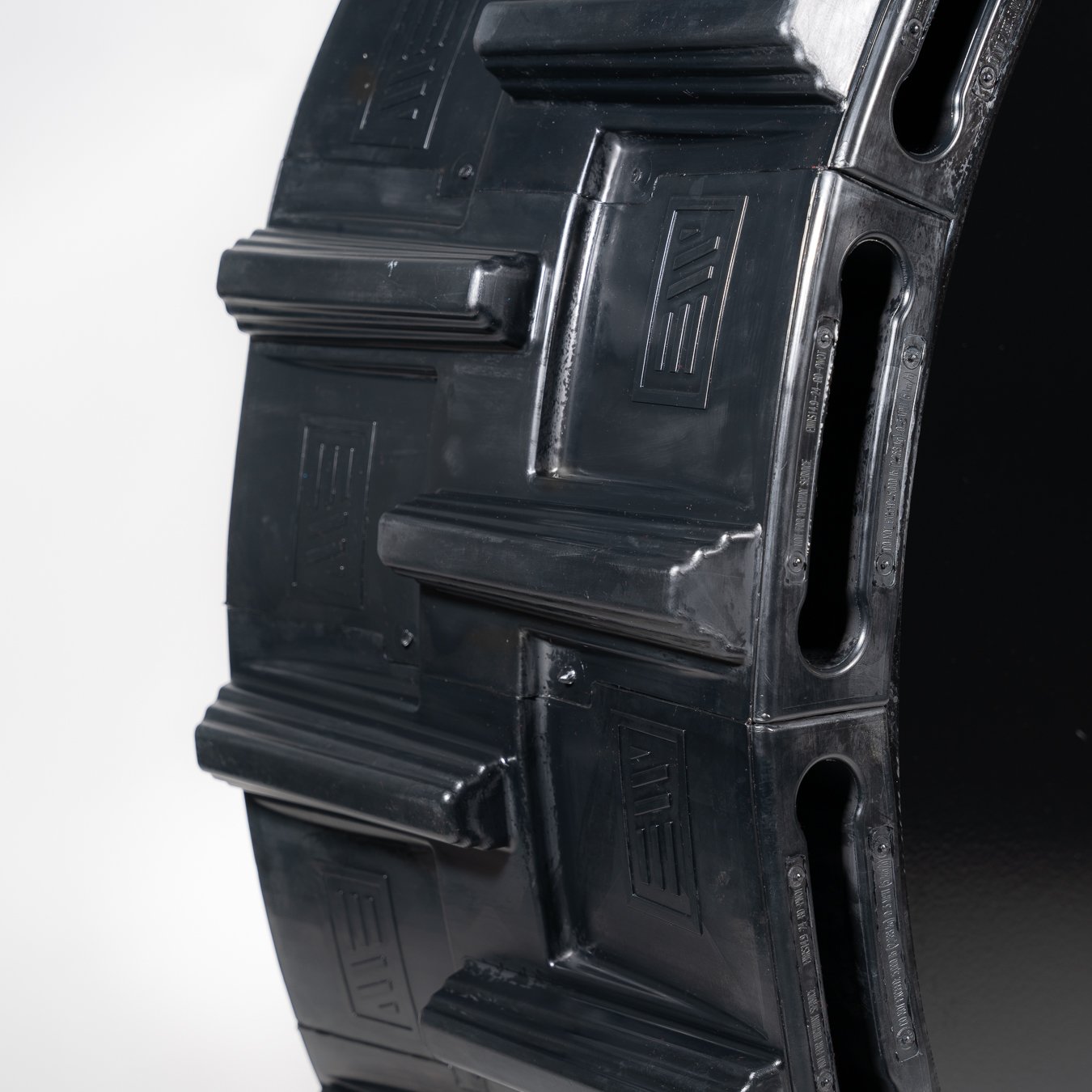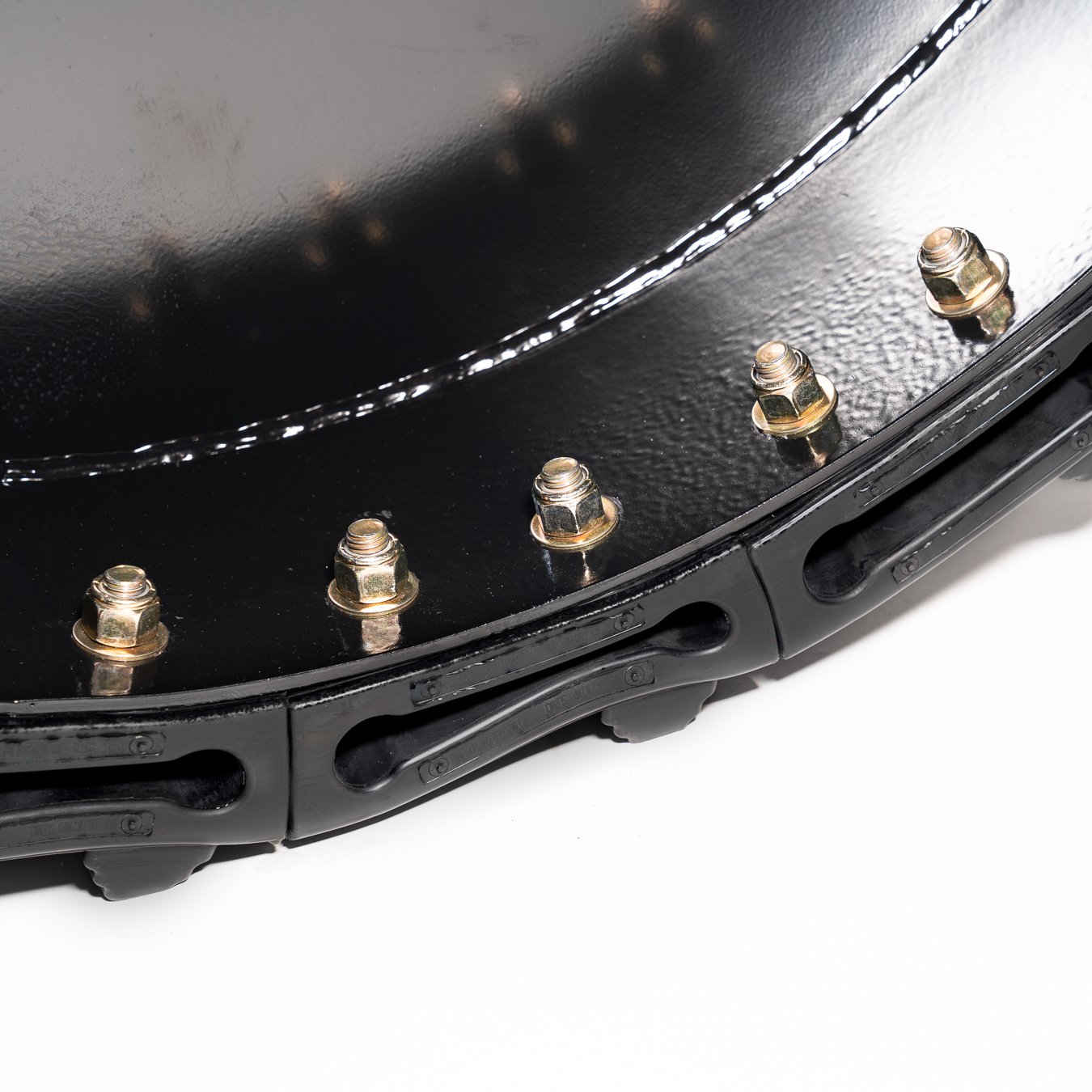Irrigation Farming - Track Problems and Solutions
Pivot irrigation systems are very heavy. They are built to be able to handle the weight of the water and the metal it's made of, however, if you have the wrong tires on your system, it can create a lot of problems. These problems include flats, deep tracks, and crop damage when you need to go into the field to fix these issues.
Flat Tires
Pneumatic tires are the industry standard. The great thing about pneumatics is that they compress under pressure which helps with traction. They are easy on driving components and if they don’t go flat, they work great. The problem with pneumatic tires is they do go flat. A flat tire out in the field can damage your irrigation system and costs money and time to replace.
Crop Damage
Crop damage is a big concern for farmers because of the negative effects it has on crop yield at the end of the season. If this is your main concern, an 11.2” X 38” pivot tire may be something you want to investigate. The biggest issue with these tires is that they will create tracks, sometimes getting stuck causing your system damage, and they go flat. Dealing with these problems usually involve taking a vehicle or machinery into the field to fix them which will damage more crop.
Stuck pivots
Stuck pivots can be a headache. There are a few quick fixes to help get your pivot unstuck like decorative lava rocks or paddle attachments for your tire. If these do not work then it’s likely you must go in there with a tractor or sprayer to pull it out. Getting these larger machines into the field will result in crop damage and likely will cause additional tracks in the field. Your best bet here would be to get a sprayer with tall and narrow tires to minimize the damage caused and pull the pivot system out.
This isn’t an ideal solution because of the additional crop damage that results in yield losses at the end of the season. The only real way to protect both your crop and system is to prevent tracks from forming in the first place.
Prevent Tracks with EWRS-PIVOT Series
The EWRS-PIVOT series airless pivot tire is your best bet in preventing tracks from forming in your field. This tire is designed with a concave true-to-spec 14.9” x 24” profile that increases surface area and holds mud underneath the tire to maximize floatation. The rubber is designed with core holes that compress to mimic the flexibility of a pneumatic tire and the aggressive bi-directional tread pattern maximizes traction.
Due to the EWRS-PIVOT being an airless tire, there is no chance of a tire going flat in the field. On top of that, the tire is segmented. Each segment is bolted to the rim allowing the owner to service the tire if needed by simply switching the damaged segment with a new one only using a ¾” wrench.
Evolution Wheel designed the EWRS-PIVOT to minimize the tire spent in the field dealing with these issues. Using a tire that is low maintenance and prevents tracks from forming saves you time, energy, and money spent dealing with pivot tracks.
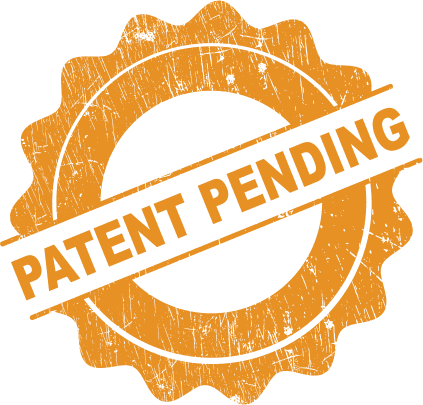
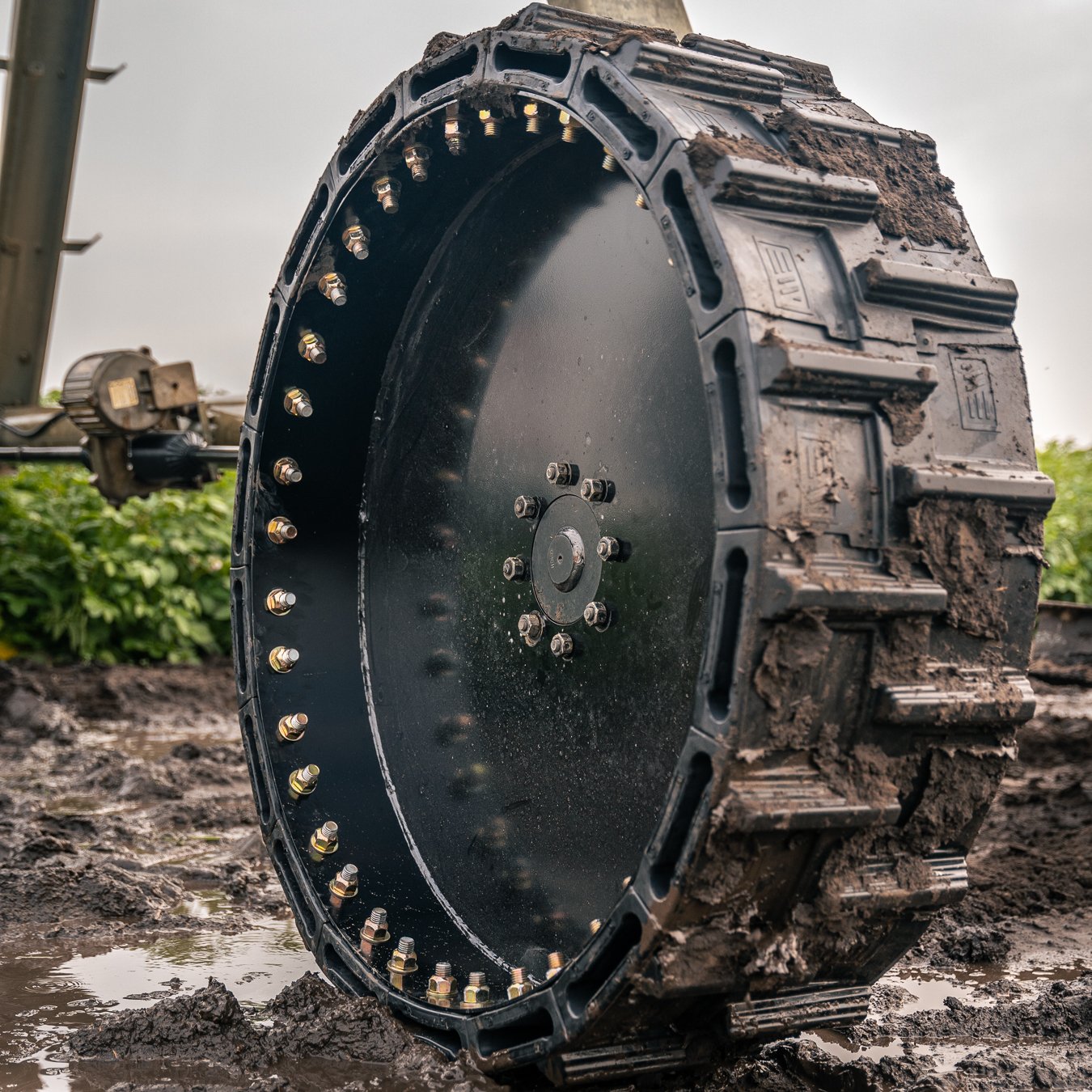
EWRS-PIVOT SERIES
The EWRS-PIVOT series of airless pivot tires from Evolution Wheel offers the most advanced airless technology to the irrigation market. This solution delivers serviceability, traction, and floatation into one impressive offering.
Our tread design and tire profile offer greater traction through mud and obstacles. The unique concave contact face helps eliminate rutting by keeping dirt under the tire, where it belongs. The face of the tire is pointed inwards. Compared to typical pneumatic irrigation tires which convex shape push mud out from under the tire, causing ruts.
Our proprietary segmented design bolts onto our high strength wheel, allowing you the ability to service the tire quickly, eliminating the need to change a tire in the field.
Unlike other airless pivot tires, the EWRS-PIVOT compresses flat pushing material out, it's a self-cleaning system. The compressed cores elongate the footprint of the tire allowing it to wrap over obstacles increasing traction and reducing ground pressure.

Related Pages
If this page was informative, check these out:


